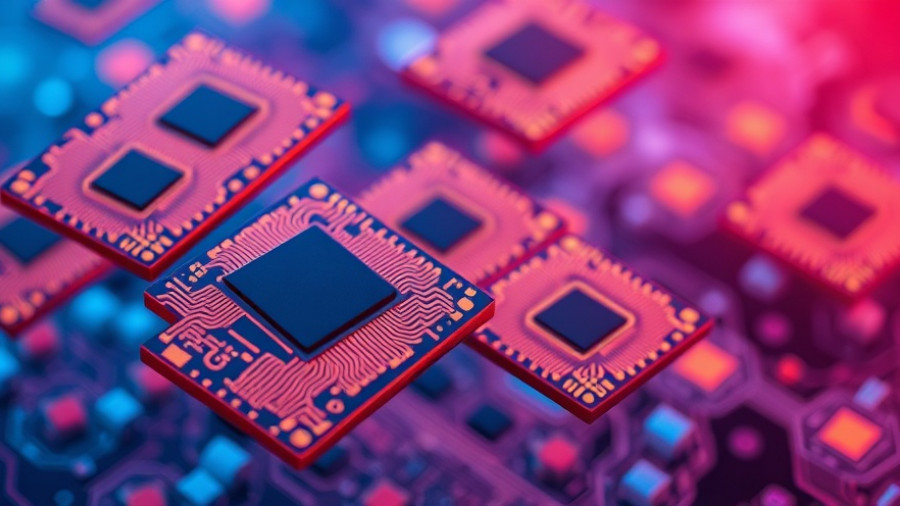
Nvidia and TSMC's Blackwell Chip Wafer: A Game-Changer in AI Production
Nvidia, in collaboration with Taiwan Semiconductor Manufacturing Company (TSMC), has officially launched the first Blackwell chip wafer manufactured in the United States. This significant development, unveiled on October 17, 2025, at TSMC's newly established facility in Phoenix, Arizona, marks a pivotal moment for both companies and the broader tech landscape. It highlights the increasing demand for advanced AI chips and reaffirms efforts to bolster the American semiconductor supply chain.
Historical Context of AI Chip Production
For decades, the production of semiconductors has predominantly taken place in Asia, especially in countries like Taiwan and South Korea. The recent shift towards manufacturing chips, particularly for AI applications, in the U.S. stems from a growing recognition of the need for more resilient and secure supply chains. The Trump administration had a significant impact on this transition, prioritizing technology independence and domestic manufacturing.
Why the Blackwell Chip Matters
The Blackwell chip is essential for a variety of applications in AI, telecommunications, and high-performance computing. With capabilities that promise to significantly enhance processing power, tech companies are racing to integrate these chips into their products. Nvidia expressed that this initiative not only serves the current demand but also solidifies the United States' position as a leader in AI technology, making it a crucial development for industries worldwide.
The Future of AI and Semiconductor Manufacturing
Looking ahead, the future of AI innovation will likely depend heavily on developments like the Blackwell wafer. As demand for AI solutions skyrockets, a rise in domestic chip production is anticipated. TSMC's expansion signals optimism for the semiconductor industry; the company recently raised its revenue forecast based on the anticipated surge in AI investments. Analysts predict that further advancements in chip technology, such as 2-nanometer nodes, will follow, aimed at meeting the growing market needs.
The Economic Implications
Onshoring chip manufacturing is also expected to have broader economic implications. It could accelerate job creation in the tech sector and stimulate growth in various related industries, including AI research and development. This growth environment reflects a greater shift in focus toward developing a self-sustaining tech ecosystem that lessens reliance on foreign supply chains.
Global Perspectives: U.S. vs. Asia
While the U.S. moves forward with its semiconductor strategy, Asian manufacturers like TSMC will continue to play a significant role, given their established expertise and production capabilities. The competition between these regions is intensifying, as both seek to innovate and capture the lucrative AI market. This rivalry may lead to technological breakthroughs that benefit consumers and businesses worldwide.
Practical Insights for AI Enthusiasts
For those following the developments in AI, the introduction of the Blackwell chip provides a fascinating insight into the future of technology. Understanding these advancements allows enthusiasts to gauge which companies and technologies will shape the next generation of AI applications, from self-driving cars to intelligent business solutions. Keeping abreast of these innovations can provide valuable perspectives on investment opportunities in the burgeoning AI sector.
 Add Row
Add Row  Add
Add 




Write A Comment